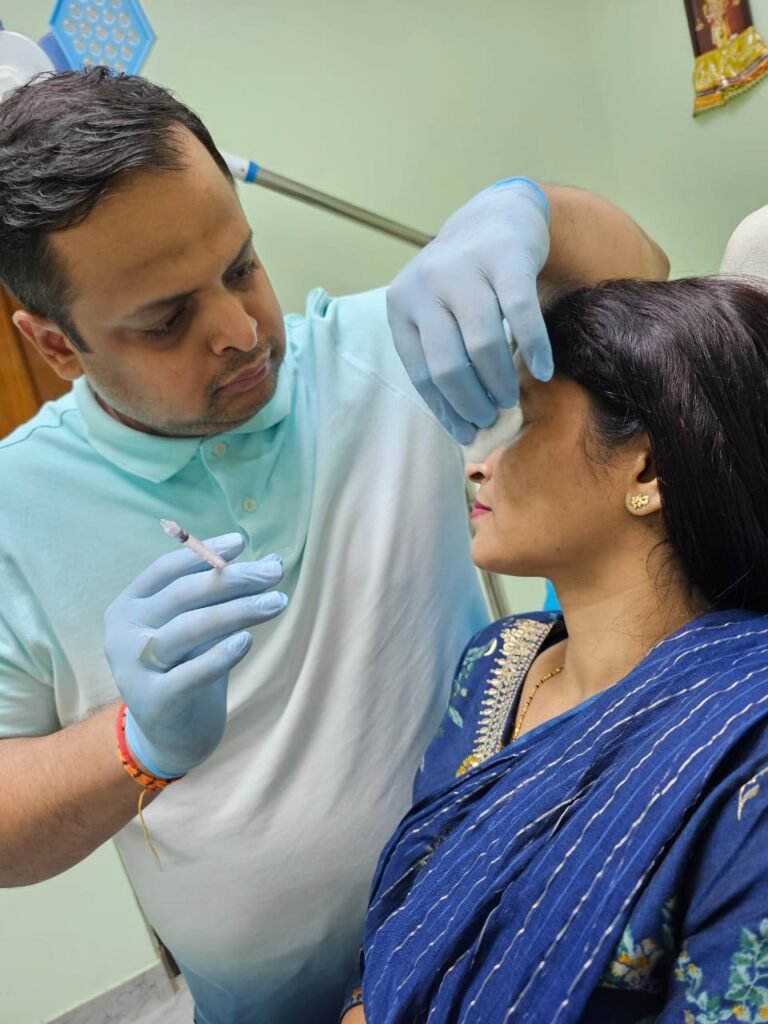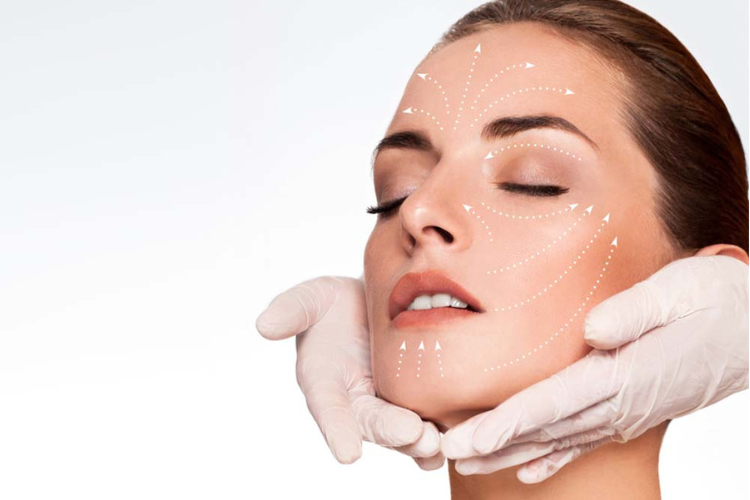Botox treatments are popularly known for its cosmetic and therapeutic advantages, but it is also necessary to understand that it does come with potential risks and side effects. Understanding these issues help us to make informed decisions and reach the optimal result. Unlike any other medical treatment, Botox too has some side effects. So this blog is an attempt to explain what are the possible side effects of the treatment and how proper precautions can minimise the risk of it.
Common Side Effects
Botox is usually understood as a safe treatment procedure when administered by a qualified professional, but just like any other medical treatment, it can cause some side effects too. The most common types of side effects are mostly mild and and temporary which includes –
Redness
The most common side effect is the mild redness around the injection spot which can usually reduce with hours from treatment.
Swelling and Bruising
The injection site can see swelling and bruising. These are some minor side effects which can be resolved within a few days. However, application of ice just after the procedure can help in reducing these symptoms.
Temporary Muscle Weakness
Another possible side effect of Botox may include temporary muscle weakness. The reason behind this side effect is that Botox is done by paralysing the targeted muscles. It can happen if the Botox spread to the unintended areas of treatment that are adjacent to the targeted muscles. This is a temporary side effect and can be resolved within a few weeks.
Serious Complications
Although rare, but there are some major complicacies related to Botox that needs to be addressed immediately:
Drooping eyelids:
If the Botox gets spread to the muscle that controls the movement of eyelids, it can possibly cause ptosis, or drooping of the eyelids. It is a temporary condition but can be distressing at times.
Difficulty in Swallowing and Breathing:
In rare scenarios, Botox might spread to the muscles that affect our breathing and swallowing, which can lead to serious complications.
Vision Problems:
There are chances that the Botox may affect the muscles that control the vision and might cause temporary blurred or double vision.
Allergic Reactions
Although very rare, there are chances that individuals might face allergic reactions to Botox. Signs of such allergic reactions are rashes, itching, shortness of breath, and swelling of the face or throat. In case you feel any of these symptoms, get medical assistance.
Injection Risks
Any injection poses a risk of injection. To minimise the risk, it is very important to use sterilisation methods. Symptoms of infection in this case may be redness, warmth, pain, and pus on the injection spot. When you see these symptoms, get in touch with your healthcare provider.

How to Minimise Risks
The most important step towards minimising the risk associated with Botox revolves around planning and selection of the right medical specialist for the procedure. Here are some major steps associated to it –
Selection of right medical specialist –
Make sure that the practitioner who is going to conduct the treatment on you is well qualified. The individuals who are board certified dermatologists, plastic surgeons and trained medical professionals can be the safest options. Make sure to verify their credentials and success rates.
Following Pre- and Post-Treatment Guidelines
Following the guidelines set by your healthcare specialist for you can help in minimising the side effects. Some of the common pre-treatment instructions are –
– Avoiding blood thinners: Avoid consuming aspirin, ibuprofen, and other blood-thinning medications for at least a week prior to the procedure to avoid the chances of bruises.
– Cutting down on alcohol – Avoid consuming alcohol for at least 24 hours before the treatment to eliminate the risk of swelling and bruising.
Post-care treatment involves:
– Avoid touching or rubbing the treated area: This will help in preventing the spreading of the Botox to unintended muscles.
– Staying upright – Stay upright for four hours after the injection to avoid the chances of the Botox to spread.
– Skipping intense exercise – Avoid doing any kind of rigorous physical activity for 24 hours post treatment to avoid swelling and bruising.
Conclusion
There are numerous myths attached about the side effects of Botox treatment. So understanding the risks and side effects for anyone willing to undergo the treatment is very important. Botox is usually considered to be the safest treatment, might have potential risks too. The above mentioned guidelines and data are an attempt to create awareness about the side effects and precautions to avoid the symptoms.




